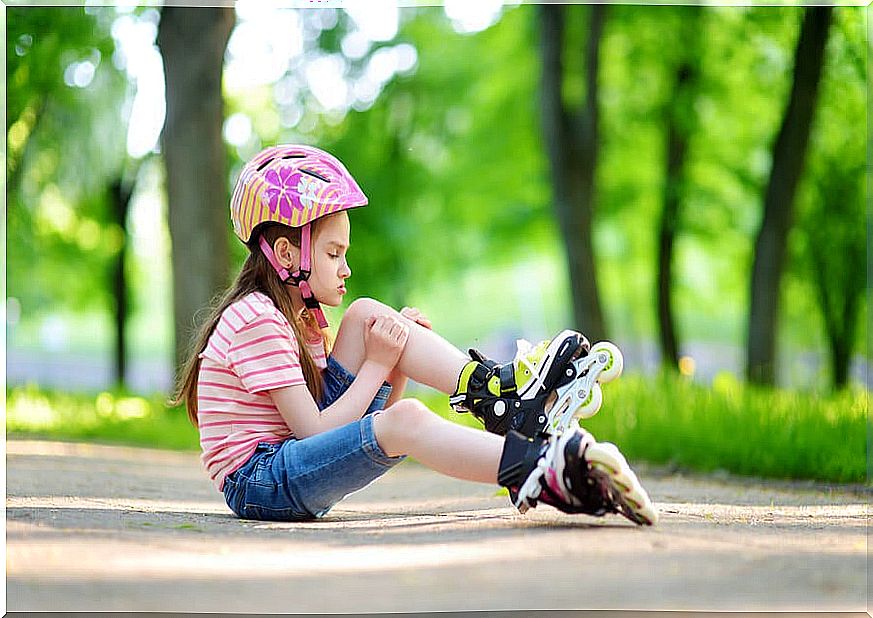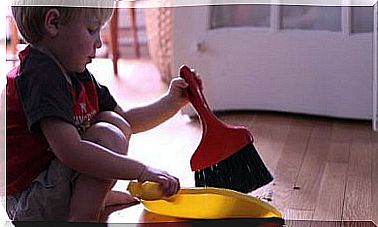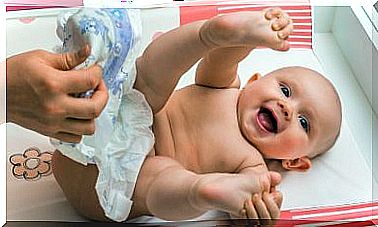Climbing For Children: Resistance And Strength
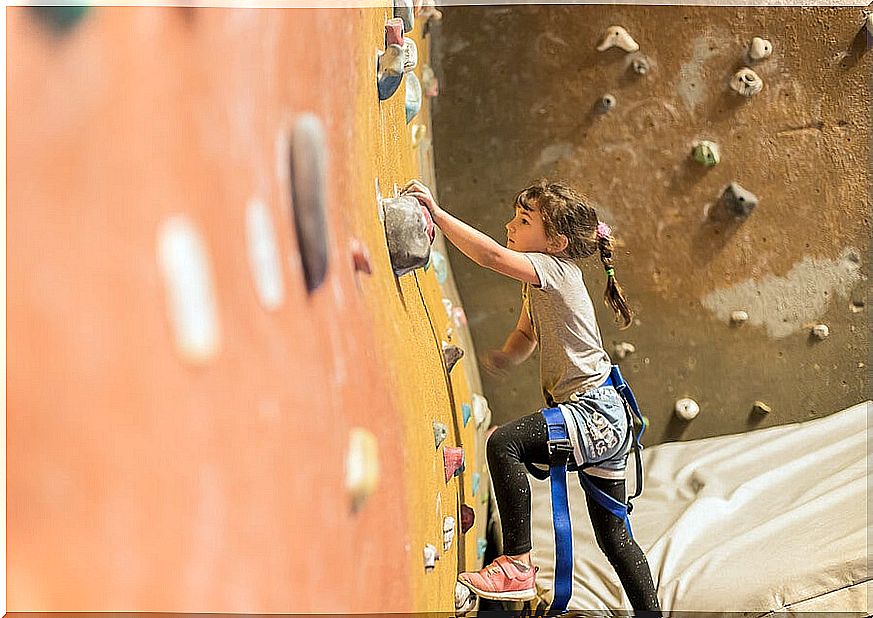
One of the basic instincts of children is to jump, climb and explore their surroundings for fun. Hence, it is not surprising that all traditional playgrounds for children include seesaws and monkey bars.
While climbing natural spaces has been a forever man-made activity, the developers of climbing walls for children managed to provide in a safe and conditioned space, a more complex and improved place of fun for children to practice what so much they like.
It is well known that almost all parks or recreational spaces for children around the world have a climbing wall. However, putting aside the fun, do you know the benefits of this physical activity for your children?
Climbing for children: endurance and strength
Since monkey bars and bar arches were patented in Chicago in 1920, they became a success in amusement parks. From that moment on, it became even clearer that climbing is an absolutely engaging and fun exercise for children.
Climbing as a discipline was an activity generally intended for the practice of adults or adolescents, due to the risk posed by the exercise itself. In addition, it was assumed that children could not have the resistance, strength and motor coordination necessary to participate in this activity.
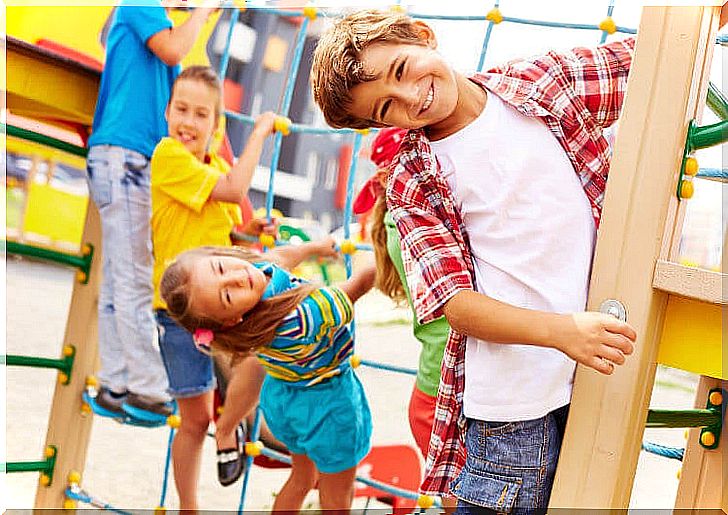
However, around 1960, when the first artificial climbing walls designed for children began to be developed in climbing walls, shopping centers or parks, it was shown that the little ones had a knowledge and control of the body that made them the best candidates. , even above adults, to practice this discipline.
Climbing features
Climbing consists of ascending a completely vertical wall, making use of strength, motor skills and concentration. The level of difficulty of the climbing walls designed for children will be gradual; You start with simple and comfortable positions and then move on to more complex ones to get to the top. This allows this activity to be carried out by children of different ages and physical conditions.
For climbing on artificial walls, children will always use safety equipment with an integral harness and carabiners that will allow them to turn or release whenever they want.
Other implements that children should use are helmets, climbing shoes or, failing that, light and thin ones, comfortable clothing and, in some cases, knee pads. Of course, all movements in climbing must be supervised by an instructor or guide.
There are at least 19 types of climbing, but it is worth emphasizing that those that can be practiced by children are sport climbing, which uses safety anchors, and artificial climbing, which is developed in climbing walls.
Benefits of climbing for children
The practice of climbing for children provides analogous benefits with almost all sports disciplines: combat sedentary lifestyle, burn calories, strengthen their muscles and insert the little ones into a healthier lifestyle. In addition, it grants particular benefits, which we describe below.
- Children develop psychomotor control between their eyes, legs, and arms by having to perform each movement.
- They improve their balance and agility, thanks to the knowledge of their body.
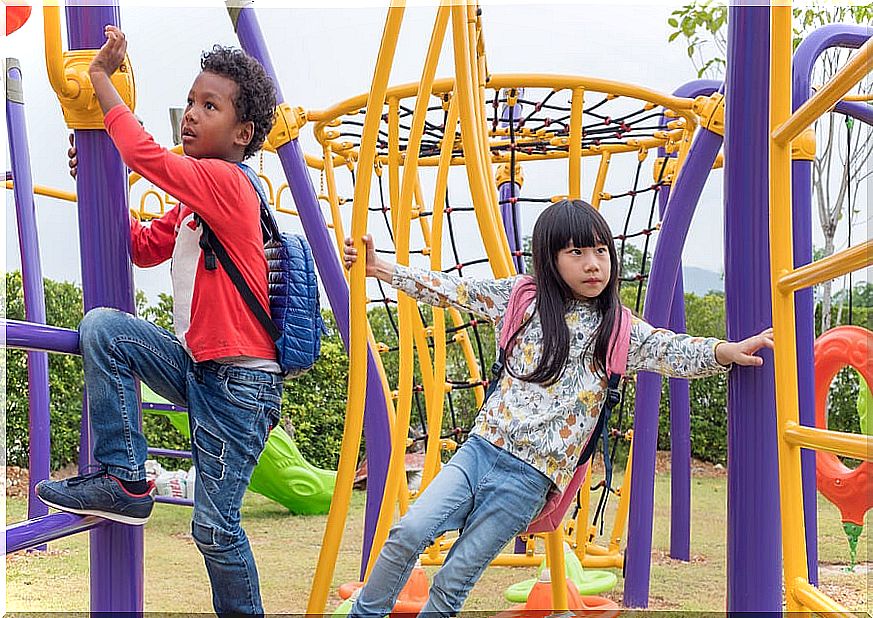
- They speed up their thinking to make decisions regarding the movements they must make in order to advance on the climbing wall.
- Your strength, endurance and flexibility are reinforced.
- Their self-esteem increases when they see that they can achieve the goals set on the climbing wall.
- Improves the connection between the brain and the extremities of the body.
- They learn to anticipate situations, which improves their cognitive appearance.
- Their entire body is toned, as they must use almost every muscle to achieve the lift.
As you can see, the benefits of this activity are so many that it is worth it for the little ones in the house to dare to practice climbing at least a couple of times a month. Of course, always choose the best climbing walls for them, which have all the safety equipment and a certified instructor.
